Coriolis Flow Meters
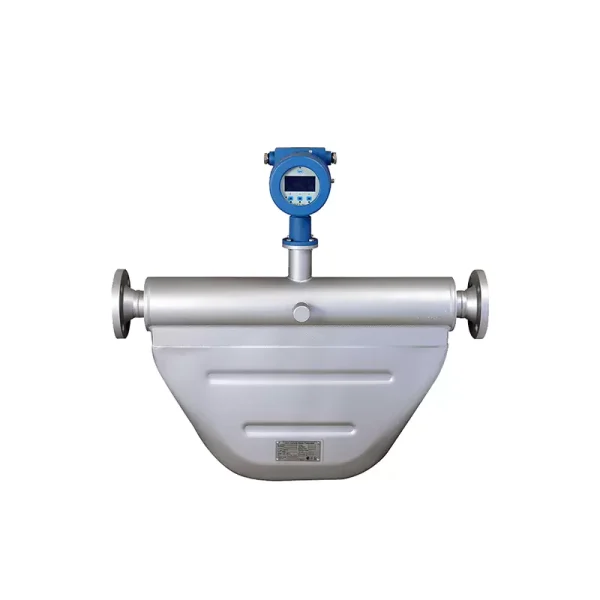
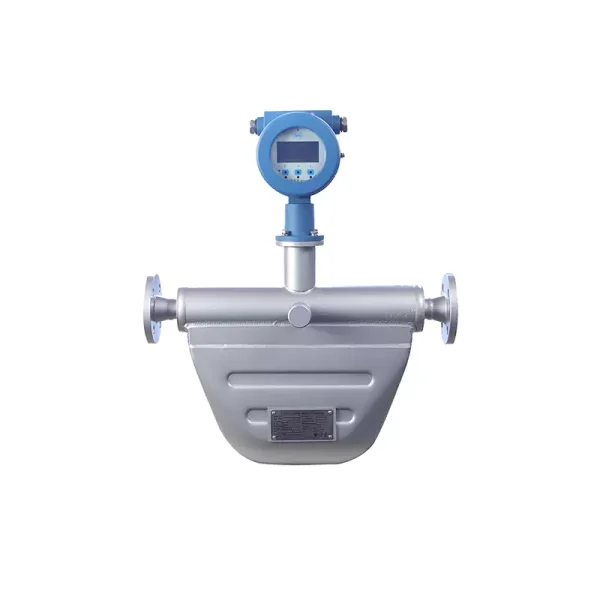
Coriolis Mass Flow Meter W Shape (MTD-ACMW)
Accuracy
±0.1 %; ±0.15 %; ±0.2 %; ±0.5 %
Measuring Range
8-1500000 kg/h (17 – 3306930 lb/h)
Medium Temperature Range
Integrate Type: (-50~+125)℃
Split Type: (-200~+350)℃
Max. Process Pressure
250 bar (3626 psi)
Measuring tube
Austenitic stainless steel (316/316L), and others on request
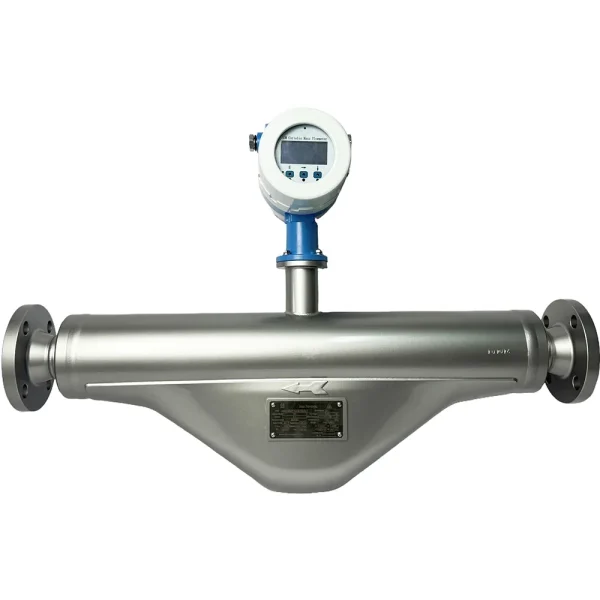
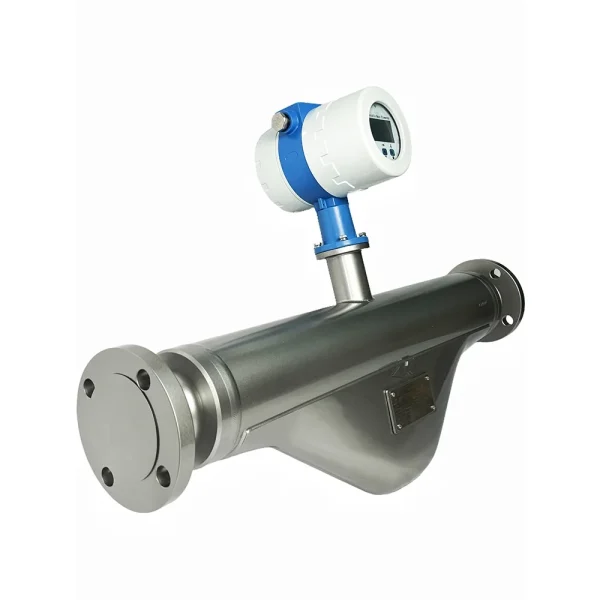
Coriolis Mass Flow Meter C Shape (MTD-ACMC)
Accuracy
±0.1 %; ±0.15 %; ±0.2 %; ±0.5 %
Measuring Range
500-200000 kg/h (1100-440900 lb/h)
Medium Temperature Range
Integrate Type: (-50~+125)℃
Split Type: (-200~+350)℃
Max. Process Pressure
250 bar (3626 psi)
Measuring tube
Austenitic stainless steel (316/316L), and others on request
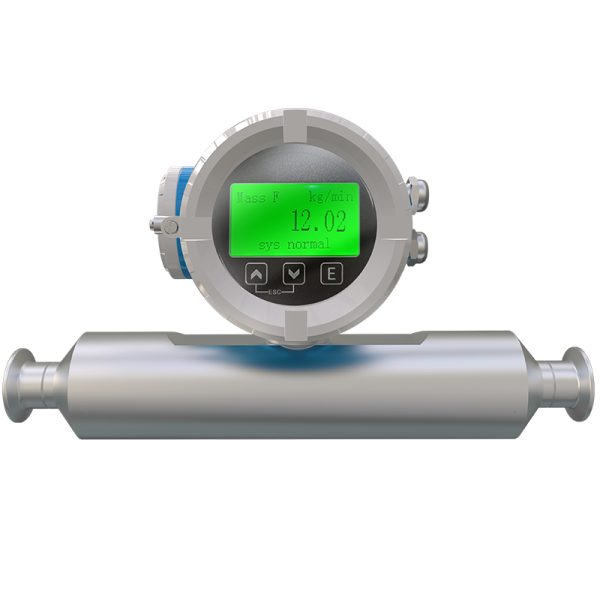
Coriolis Mass Flow Meters for Advanced Process Applications (MASS-A)
Accuracy
Standard: ±0.5 %, Optional: ±0.2 %; ±0.15 %
Measuring Range
0-30000 kg/min (0-66138 lb/min)
Medium Temperature Range
-40 to 185°F (-40 to 85°C)
Max. Process Pressure
100 bar (1450.38 psi)
Measuring tube
Austenitic stainless steel (316L), Hastelloy C, and others on request
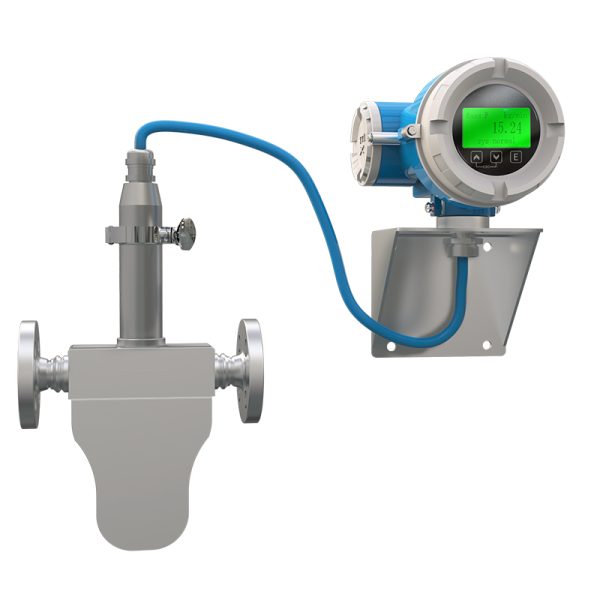
Coriolis Mass Flow Meters for Low Flow and Dosing Applications (MASS-L)
Accuracy
Standard: ±0.5 %, Optional: ±0.2 %; ±0.15 %
Measuring Range
0-2900 kg/min (0-6393 lb/min)
Medium Temperature Range
-40 to 185°F (-40 to 85°C)
Max. Process Pressure
875 bar (12,689.83 psi)
Measuring tube
Austenitic stainless steel (316L), Hastelloy C, and others on request
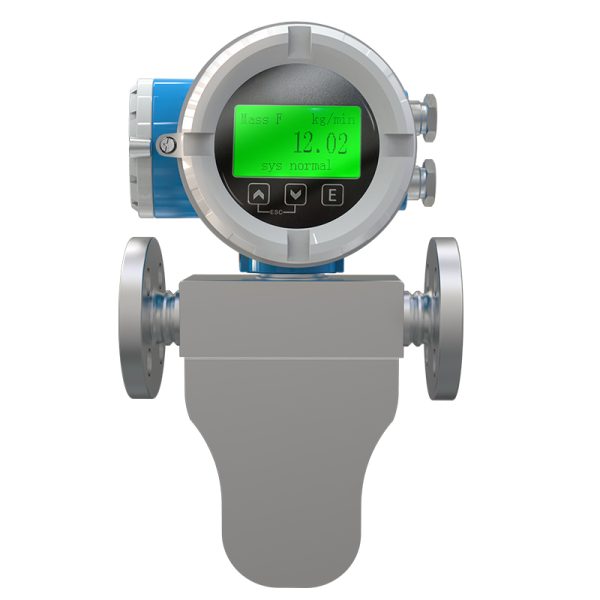
Coriolis Mass Flow Meters for Cryogenic Applications (MASS-C)
Accuracy
Standard: ±0.5 %, Optional: ±0.2 %; ±0.15 %
Measuring Range
0-70 kg/min (0-154 lb/min)
Medium Temperature Range
-328 to 185°F (-200 to 85°C)
Max. Process Pressure
40 bar (580.15 psi)
Measuring tube
Austenitic stainless steel (316L), Hastelloy C, and others on request
What’s a Coriolis Flow Meter?
Understanding the Coriolis Effect
Working Mechanism
Vibration of the Tube:
An electromagnetic drive unit vibrates the flow tube at its natural frequency. This vibration occurs perpendicular to the direction of the fluid flow.Fluid Flow Through the Vibrating Tube:
As the fluid enters the vibrating tube, it begins to interact with the tube’s vibration.Phase Shift Detection:
Sensors located at the inlet and outlet of the tube detect the time difference (phase shift) between the vibrations at these two points.Calculation of Mass Flow Rate:
The phase shift is directly proportional to the mass flow rate of the fluid. The greater the mass flow, the larger the phase shift. The flow meter’s electronics compute the mass flow rate based on this phase shift.Density and Temperature Measurement:
Many Coriolis flow meters also measure the fluid’s density by analyzing changes in the vibration frequency, as well as temperature using built-in temperature sensors. This allows for additional calculations, such as volumetric flow rate and fluid composition analysis.
Tube Designs of Coriolis Flow Meter
U-Shaped Tubes
- Description:Feature one or more U-shaped tubes.
- Advantages:
- High sensitivity due to the larger displacement caused by the U-shape.
- Effective for measuring low flow rates.
- Limitations:
- Bulkier design.
- Higher pressure drop compared to straight tubes.
S-Shaped (Omega) Tubes
- Description: Resemble the Greek letter Omega (Ω) or an S-shape.
- Advantages:
- Compact design compared to U-shaped tubes.
- Balanced structure reduces stress and extends meter life.
- Limitations: Slightly less sensitive than U-shaped tubes.
Straight Tubes
- Description: Consist of one or two straight tubes.
- Advantages:
- Minimal pressure drop.
- Easier to clean, ideal for sanitary applications.
- Lower risk of clogging with viscous or particulate-laden fluids.
- Limitations:
- Less sensitive at low flow rates.
- May require more robust support to prevent external vibrations.
Dual Curved Tubes
- Description: Incorporate two parallel curved tubes.
- Advantages:
- Improved sensitivity and accuracy.
- Reduced effects of external vibrations.
- Limitations:More complex design can increase cost.
Accuracy of Coriolis Flow Meter
- Liquids: ±0.1% to ±0.2% of the reading.
- Gases: ±0.5% to ±1.0% of the reading.
Factors Influencing Accuracy
Fluid Properties:
Viscosity, density, and temperature can affect measurements, but Coriolis meters compensate for these variations effectively.Flow Conditions:
Swirling flows or asymmetrical velocity profiles can introduce errors. Proper installation helps mitigate these issues.External Vibrations:
Vibrations from nearby equipment can interfere with the meter’s operation. Isolation or damping measures may be necessary.Two-Phase Flow:
The presence of gas bubbles in liquids or liquid droplets in gases can affect accuracy.
Enhancing Accuracy
- Calibration: Regular calibration ensures the meter maintains its accuracy over time.
- Installation: Following manufacturer guidelines for installation minimizes potential errors.
- Maintenance: Routine inspections and maintenance prevent performance degradation.
Rangeability of Coriolis Flow Meter
- Turndown Ratios: Up to 100:1 for liquids, meaning the maximum flow rate is 100 times the minimum flow rate the meter can accurately measure.
Benefits of High Rangeability
- Versatility: A single meter can cover a wide range of flow rates, reducing the need for multiple meters.
- Cost-Effective: Lower installation and maintenance costs due to fewer required meters.
- Process Flexibility: Ideal for processes with variable flow rates.
Sizing and Pressure Drop of Coriolis Flow Meter
Sizing Considerations
- Flow Rate: The meter should be sized to handle the maximum expected flow rate without exceeding its capacity.
- Fluid Characteristics: Viscosity and density affect the meter’s operation and must be considered during sizing.
- Process Conditions: Temperature and pressure conditions can influence material selection and meter design.
Pressure Drop
- Definition: The reduction in pressure as the fluid passes through the flow meter.
- Factors Influencing Pressure Drop:
- Tube Design: Curved tubes generally result in higher pressure drops than straight tubes.
- Flow Rate: Higher flow rates increase pressure drop.
- Fluid Viscosity: More viscous fluids lead to higher pressure drops.
- Mitigation:
- Proper Sizing: Oversizing the meter can reduce pressure drop but may affect accuracy at low flow rates.
- Tube Selection: Choosing a straight-tube design can minimize pressure drop.
Advantages and Limitations of Coriolis Flow Meter
| Advantages | Limitations |
|---|---|
|
|
Applications of Coriolis Flow Meter
Oil and Gas
- Custody Transfer: High accuracy makes them ideal for transferring ownership of fluids.
- Blending Operations: Precise measurement ensures correct mixing ratios.
- Wellhead Measurements: Suitable for multiphase flows with appropriate configurations.
Chemical and Petrochemical
- Reaction Monitoring: Accurate mass flow measurement is critical for reaction stoichiometry.
- Batch Processing: Ensures consistent product quality by precise ingredient dosing.
- Corrosive Fluids: Compatible materials can handle aggressive chemicals.
Food and Beverage
- Hygienic Processes: Straight-tube designs allow for easy cleaning and sterilization.
- Ingredient Measurement: Accurate dosing of flavors, colors, and additives.
- Beverage Production: Monitoring of syrups and concentrates.
Pharmaceuticals
- Precision Dosing: Essential for active pharmaceutical ingredients (APIs).
- Sterile Applications: Designs that meet sanitary standards.
- Research and Development: High accuracy aids in process scaling.
Water and Wastewater
- Chemical Dosing: Accurate measurement of treatment chemicals.
- Sludge Handling: Suitable for measuring slurries with varying densities.
- Effluent Monitoring: Compliance with environmental regulations.
Pulp and Paper
- Bleaching Agents: Precise measurement of chemicals like chlorine and peroxide.
- Coatings and Additives: Ensures consistent product quality.
- Black Liquor Processing: Handles high-viscosity fluids effectively.
Gas Flow Meters | Oil Flow Meters | Pitot Tube Flow Meters | Flow Meter Controllers | Thermal Mass Flow Meters | Vortex Flow Meters | Ultrasonic Gas Flow Meters | Magnetic Flow Meters | Turbine Flow Meters | Differential Pressure Flow Meters
